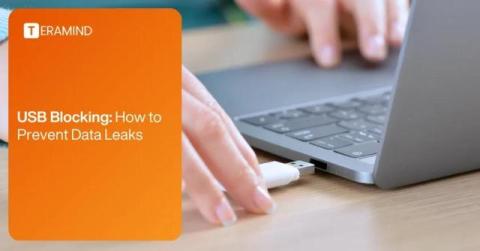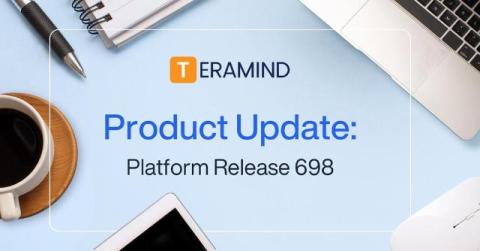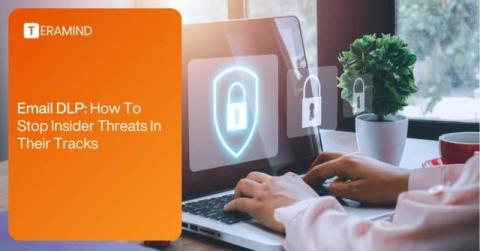Top 20 Insider Threat Tools Heading Into 2025
Insider threats (aka insider risks) have become a growing concern for organizations across industries. These threats come from individuals within an organization who have authorized access to sensitive data and systems but misuse them for personal gain or to cause harm. Many organizations are turning to insider threat software to combat this issue, which helps identify, detect, and mitigate insider threats before they cause significant damage.








